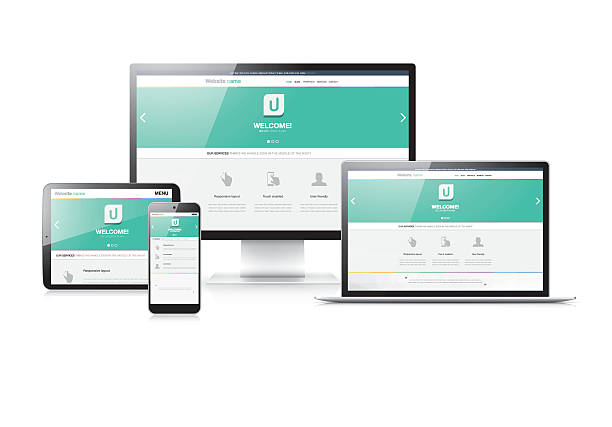The Fundamental Importance of Secure Website Design in the Digital Age
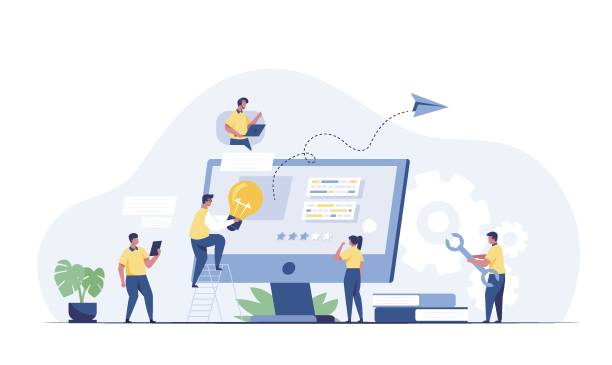
In today’s world, where dependence on the internet grows daily, #SecureWebsiteDesign is no longer an option but a #Fundamental necessity.
Website security not only means #ProtectingSensitiveUserData but also involves #Maintaining your business’s reputation and credibility.
A successful cyberattack can lead to data loss, service disruption, and ultimately, customer distrust.
Therefore, every step in the #WebsiteDevelopment process must be taken with a focus on security principles.
User security in the virtual space is a fundamental pillar of sustainability and success for any online platform.
In this article, we will delve deep into various aspects of secure website design to ensure that your website not only performs well but also resists ever-growing cyber threats.
Understanding how to design a website securely from the outset is far easier and less costly than fixing security issues after an attack.
Worried about losing customers because you don’t have a professional e-commerce site?
With e-commerce website design by Rasawweb, forget these worries!
✅ Significant increase in sales and visitor-to-customer conversion rates
✅ Professional and user-friendly design that builds customer trust
⚡ Get free consultation from Rasawweb
Key Principles for Creating a Secure Web Infrastructure

To achieve #SecureWebDesign, adhering to key principles throughout all development stages is essential.
The first principle is strong #Validation and #Authentication.
This includes using complex passwords, two-factor authentication (2FA), and proper user session management.
The second principle is #InputValidation; meaning any data received from users must be carefully reviewed and sanitized to prevent injection attacks like SQL Injection or XSS.
The OWASP Project (Open Web Application Security Project) is an excellent resource for learning about common vulnerabilities and how to combat them.
The third principle is using #DataEncryption both during transmission (like using HTTPS) and at rest.
This ensures that even if data is accessed unauthorizedly, it remains unreadable.
Also, the Principle of Least Privilege must be observed, meaning that every user or system should only have the minimum necessary access to perform their tasks.
Implementing these principles forms the backbone of a #ResilientWebsite against attacks and provides a suitable foundation for maintaining data integrity and confidentiality.
Common Vulnerabilities and Preventive Solutions in Secure Website Design

Understanding common vulnerabilities is the first step in #SecureAndEffectiveWebsiteDesign.
Injection, which includes SQL Injection, NoSQL Injection, OS Command Injection, and LDAP Injection, is one of the most dangerous vulnerabilities, allowing an attacker to inject malicious code into the website.
Another vulnerability is Cross-Site Scripting (XSS), which allows an attacker to execute malicious scripts in users’ browsers.
Broken Authentication or ineffective authentication also provides an opportunity for attackers to bypass security systems and gain access to user accounts.
Combating XSS requires careful sanitization of inputs and outputs.
To counter these threats, using secure frameworks, regular updates of software and libraries, and continuous training for developers are essential.
Below, a comprehensive table of common vulnerabilities and their preventive solutions is provided.
This proactive approach plays a vital role in reducing security risks and significantly contributes to website security.
| Vulnerability | Description | Preventive Solution |
|---|---|---|
| SQL Injection | Injecting malicious SQL commands into the database | Using Prepared Statements and Parameterized Queries |
| Cross-Site Scripting (XSS) | Injecting malicious script codes into web pages | Input Validation, Output Sanitization |
| Broken Authentication | Flaws in authentication and session management systems | Enforcing strong passwords, two-factor authentication, proper session management |
| Sensitive Data Exposure | Exposure of sensitive information due to lack of encryption or improper protection | Encrypting data at rest and in transit (SSL/TLS), avoiding storage of unnecessary information |
| Security Misconfiguration | Incorrect configuration of server, framework, or application | Using secure default configurations, disabling unnecessary features, continuous monitoring |
The Importance of Secure Coding and Best Practices for Developers

#SecureCoding is a fundamental pillar in secure web development.
Developers must adhere to security concepts from the very beginning.
One of the most important principles is never trusting user input; all data submitted by the user must be validated, sanitized, and encrypted if necessary.
Using standard security functions and libraries instead of trying to write security code from scratch can significantly reduce risks.
Also, using parameterized queries in database interactions to prevent SQL Injection and proper output encoding to combat XSS are vital principles.
The MDN Web Security Guide is an excellent resource for learning more in this area.
Continuous updating of developers’ security knowledge and the use of code analysis tools (SAST and DAST) can also help identify vulnerabilities before deployment.
Implementing proper error handling and logging is also essential for tracking and responding to potential attacks.
These specialized approaches in designing and implementing a secure website form the main foundation for protecting information and users.
Are you bothered by losing customers due to your e-commerce site’s outdated appearance or slow speed? Rasawweb’s expert team solves these problems with professional e-commerce website design!
✅ Increased customer trust and brand credibility
✅ Stunning speed and excellent user experience
Get a free consultation with Rasawweb right now ⚡
Data Protection and User Privacy
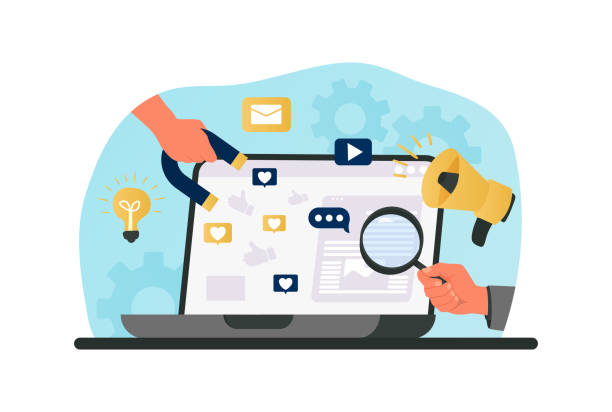
#DataProtection and #UserPrivacy are two inseparable and highly important aspects of secure website design.
With increasing concerns about data breaches, compliance with regulations like GDPR (General Data Protection Regulation) or CCPA (California Consumer Privacy Act) has become essential for many websites.
These regulations govern the collection, storage, processing, and deletion of user data.
Using SSL/TLS certificates to encrypt communications between the user’s browser and the server is one of the most fundamental steps for data security in transit.
Additionally, sensitive data stored in the database should be kept encrypted (Encryption at Rest).
Data retention policies, explicit user consent for data collection, and the ability for users to delete their data all contribute to increasing trust and respecting privacy.
The “Privacy by Design” approach should be considered throughout all development stages to ensure that privacy preservation mechanisms are embedded in the system from the outset and to guarantee website security.
Choosing Secure Hosting and Strengthening Server Infrastructure
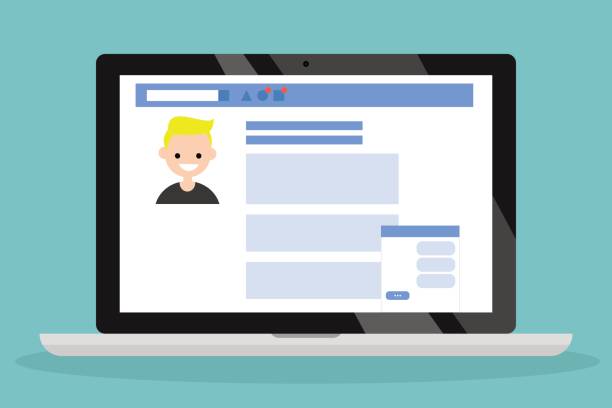
#SecureHosting selection plays a vital role in a website’s stability and security.
Even the best #SecureWebsiteDesign will be vulnerable if deployed on an insecure infrastructure.
A reputable web host should offer features such as robust firewalls (WAF), intrusion detection and prevention systems (IDS/IPS), regular and automatic backups, and continuous server security updates.
Servers must be regularly hardened, meaning all unnecessary services are disabled, unnecessary ports are closed, and default passwords are changed.
Using Content Delivery Networks (CDN) not only helps improve website performance but can also act as a protective layer against DDoS attacks.
A hosting selection guide can be helpful in this regard.
Monitoring server logs and enabling alerts for suspicious activities are also of high importance.
These measures strengthen your website’s infrastructure and help maintain website security against environmental threats.
Continuous Monitoring and Periodic Security Tests

After secure website design and deployment, the work of security doesn’t end; instead, #ContinuousMonitoring and #PeriodicSecurityTests are essential.
Cyber threats are constantly changing and evolving, so your website must be regularly reviewed for new vulnerabilities.
Vulnerability Scans help identify known weaknesses, while Penetration Testing simulates real attacks to uncover unknown vulnerabilities.
Conducting penetration testing by external security specialists can provide an unbiased perspective.
Also, monitoring events (Event Monitoring) and system logs for suspicious activities or intrusion attempts is crucial.
Creating an Incident Response Plan for when a security breach occurs is very important to react quickly and effectively and minimize damages.
Below, a checklist for security tests and continuous monitoring is provided.
This proactive approach helps with website security monitoring and maintaining its secure status.
| Action | Description | Suggested Frequency |
|---|---|---|
| Vulnerability Scan | Automatic identification of known security weaknesses | Monthly / After every major change |
| Penetration Testing | Attack simulation by specialists to discover vulnerabilities | Annually / After fundamental architectural changes |
| Log and Event Review | Monitoring server, application, and firewall logs for suspicious activities | Daily / Weekly |
| Software and Library Updates | Installing the latest security patches for operating system, web server, CMS, and libraries | As soon as available |
| Access Permission Review | Ensuring the Principle of Least Privilege is applied for users and systems | Quarterly / Semi-annually |
| Team Security Training | Updating the development and operations team’s knowledge about the latest threats and best practices | Periodically |
The Role of User Education in Enhancing Overall Website Security
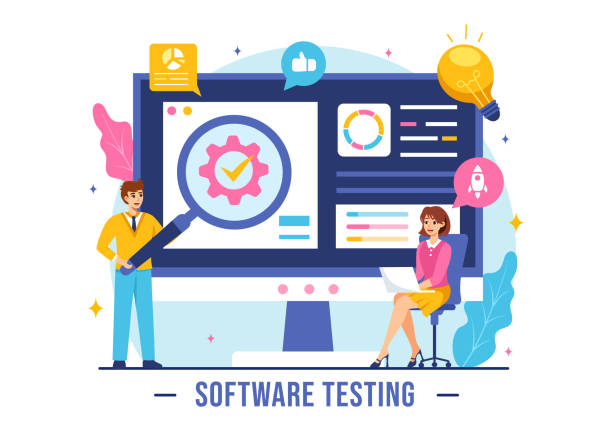
One of the most important yet often overlooked aspects of #WebsiteSecurity is #UserEducation.
Ultimately, human users are often the weakest link in the security chain.
Attacks such as Phishing, Social Engineering, and Credential Stuffing target users.
A well-designed website with high security can be compromised by a single user error.
Therefore, encouraging users to use strong and unique passwords, enabling two-factor authentication (2FA) if possible, and raising awareness about the dangers of clicking on suspicious links or downloading unknown files are of particular importance.
The FBI’s warnings about internet fraud can help users better understand threats.
Websites can help increase user awareness by providing clear educational messages, user guides, and in-app security alerts.
Investing in user education not only enhances their individual security but also generally contributes to creating a safer user environment for the entire online community.
Are you bothered by losing customers due to your e-commerce site’s outdated appearance or slow speed? Rasawweb’s expert team solves these problems with professional e-commerce website design!
✅ Increased customer trust and brand credibility
✅ Stunning speed and excellent user experience
Get a free consultation with Rasawweb right now ⚡
The Future of Web Security and Emerging Trends
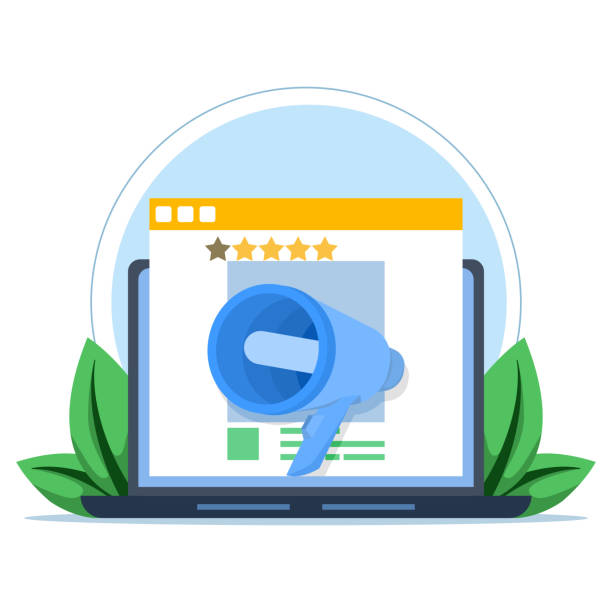
#TheFutureOfWebSecurity is rapidly evolving, and with the emergence of new technologies and more advanced threats, secure website design must also adapt.
Artificial Intelligence (AI) and Machine Learning (ML) are currently being used on both attack and defense fronts; attackers use AI to automate attacks and identify vulnerabilities, while defenders leverage it for anomaly detection and attack prediction.
The Internet of Things (IoT) has also expanded the potential attack surface with the increasing number of connected devices.
New authentication techniques like Passwordless Authentication and the use of blockchain to enhance data and identity security are emerging trends.
The “Zero Trust” concept, which emphasizes not trusting any user or device, even within the network, is becoming a new standard.
Awareness of these trends and readiness to implement new technologies are essential for maintaining #SustainableSecurity for websites in the future.
This analytical perspective helps us prepare for future challenges in the cybersecurity landscape.
Conclusion and the Necessity of a Comprehensive Approach to Web Security

In conclusion, it’s clear that #SecureWebsiteDesign is not a one-time process, but a #Continuous and #Comprehensive effort encompassing all aspects of website development, deployment, and maintenance.
From basic principles of secure coding and input validation to choosing a reliable web host, continuous system monitoring, and user education, each step plays a vital role in creating a secure and trustworthy online environment.
With the increasing complexity of cyberattacks, businesses and developers must adopt a proactive and adaptive approach.
Regular system updates, the use of advanced security tools, and collaboration with cybersecurity specialists can help identify and address vulnerabilities before they are exploited by attackers.
More information about cybersecurity can provide deeper insights.
Investing in website security is not merely an additional cost but an essential investment for protecting your reputation, data, and customers in the digital age.
Remember, user trust is built through secure website design and a commitment to protecting their information, and maintaining it is our duty.
Frequently Asked Questions
| Question | Answer |
|---|---|
| What is secure website design? | Secure website design is a process where websites are built considering security principles to be resilient against cyberattacks and to protect user and business information. |
| Why is secure website design highly important? | To prevent unauthorized data access, sensitive information leaks, malware attacks, loss of user trust, damage to business reputation, and legal consequences arising from data breaches. |
| What are the most common website vulnerabilities? | SQL Injection, Cross-Site Scripting (XSS), Cross-Site Request Forgery (CSRF), Broken Authentication and Session Management, and Sensitive Data Exposure. |
| How can SQL Injection attacks be prevented? | Using Prepared Statements with Parameterized Queries, Input Validation, and limiting database access. |
| What are the methods to counter XSS (Cross-Site Scripting) attacks? | User Input Validation, Output Encoding before displaying in HTML, and using Content Security Policy (CSP). |
| What is the role of HTTPS in website security? | HTTPS encrypts the communication between the user’s browser and the website server using an SSL/TLS certificate, preventing eavesdropping, tampering, or forgery of data. |
| What are the best practices for managing user passwords? | Enforcing strong passwords (a combination of letters, numbers, and symbols), hashing passwords instead of storing them directly (with strong algorithms like bcrypt), and enabling two-factor authentication (2FA). |
| What is the importance of User Input Validation? | Input validation prevents malicious or unexpected data from entering the system, which can lead to vulnerabilities such as SQL Injection or XSS. |
| What impact do regular security reviews and audits have on website security? | These reviews help identify vulnerabilities and security weaknesses early, allowing them to be addressed before they can be exploited. |
| What is the function of a Web Application Firewall (WAF) in secure website design? | A WAF acts as a protective layer between the user and the website, analyzing incoming traffic, and identifying and blocking common web attacks like SQL Injection and XSS. |
And other services of RasaWeb Advertising Agency in the field of advertising
Smart Marketing Automation: A novel service to increase customer acquisition through SEO-driven content strategy.
Smart Content Strategy: A dedicated service for growth in customer acquisition based on key page optimization.
Smart Sales Automation: A novel service to increase sales through custom programming.
Smart Direct Marketing: Designed for businesses seeking to increase sales through the use of real data.
Smart Link Building: A creative platform to improve customer acquisition by optimizing key pages.
And over hundreds of other services in the field of internet advertising, advertising consultation, and organizational solutions
Internet Advertising | Advertising Strategy | Advertorials
Resources
Web Security on Zoomit
Web Development Articles on Digiato
Rayanama Blog about Website Design
Security in Website Design from Webramz
? RasaWeb Afarin Digital Marketing Agency, your strategic partner for sustainable brilliance in the online space. By providing innovative solutions, including multilingual website design, we help your business transcend boundaries and shine in global markets.
📍 Tehran, Mirdamad Street, next to Central Bank, Kazeroun Jonoubi Alley, Ramin Alley, No. 6

